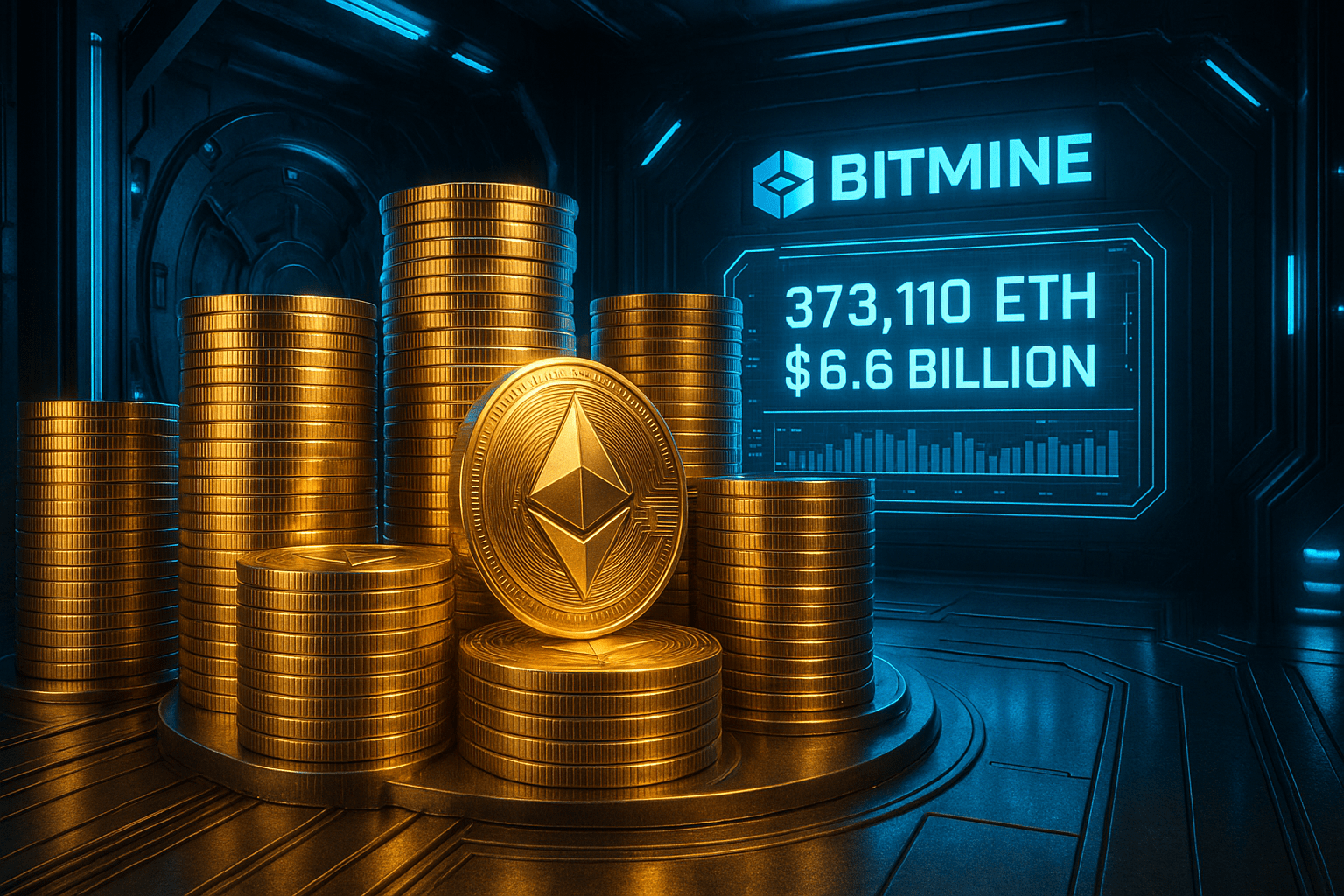
The crypto mining giant BitMine is staging an astonishing acquisition spree. In just one week, the company spent $1.7 billion to purchase 373,000 Ethereum, pushing its total holdings value over $6.6 billion, making it the world's largest corporate holder of Ethereum and the second-largest cryptocurrency treasury. Even more shocking is that they now control 1.3% of the total supply of Ethereum, which may seem small, but is quite substantial in a decentralized world.
This aggressive coin hoarding strategy is reminiscent of MicroStrategy's frenzied pursuit of Bitcoin. BitMine has clearly stated its intention to 'accumulate cryptocurrency for long-term investment', and this unabashed stance of a believer has sparked significant controversy in traditional finance. Ironically, despite the soaring value of the company's crypto assets, its stock price dropped 14%, and Wall Street is evidently uneasy about this all-in strategy.
Interpretations of BitMine's actions are highly divided. Optimists view this as the ultimate recognition of Ethereum's long-term value; an institution with a professional team and deep resources choosing to heavily invest indicates they see opportunities that retail investors cannot. Pessimists, however, worry that such concentrated holdings could undermine the essence of decentralization, and if BitMine decides to sell off in the future, the market could suffer a devastating blow.
From a liquidity perspective, BitMine's massive hoarding has indeed reduced the circulating supply in the market. Theoretically, this should drive up prices, but the actual effect has been negligible. This may indicate that market concerns over institutional large-scale holdings have offset the positive impact of reduced supply. Investors are fearful of concentration risk; when a few players control a large number of chips, the market becomes more fragile and unpredictable.
The success of BitMine's strategy largely depends on the future development of Ethereum. If the smart contract ecosystem continues to thrive and breakthroughs in DeFi and Web3 applications are achieved, this $6.6 billion bet could yield astonishing returns. However, if Ethereum loses its competitive edge or the regulatory environment worsens, BitMine will suffer enormous losses. This extreme investment strategy has no middle ground; it will either win big or lose everything.
This case vividly illustrates the polarization of the cryptocurrency market. On one side are steadfast believers like BitMine continually increasing their positions, while on the other side, ETF funds are flowing out en masse. This split reflects a fundamental disagreement in the market about the future of cryptocurrencies. In this gamble, time will reveal who is right.




